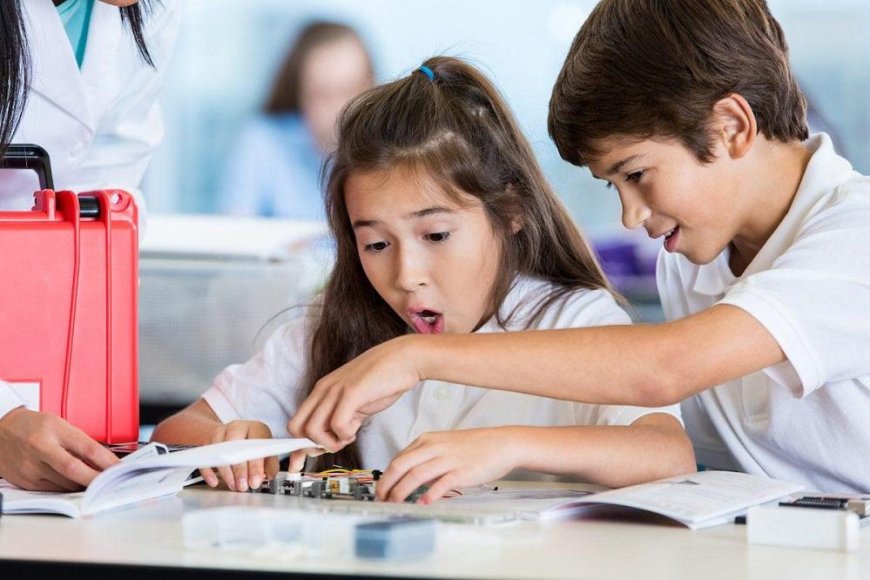Powerful learning strategies while learning
the limitless possibilities of memory can greatly help the teacher to make students interested in learning. Powerful learning strategies.

In the context of modern education, it is important to memorize a significant amount of information, understand it and be able to reproduce it in the right situations. Teachers have a task - to ensure quality management of the process of developing children's memory. After all, understanding the limitless possibilities of memory can greatly help the teacher to make students interested in learning. Powerful learning strategies.
Memory is a psychophysiological process through which a person is able to perceive, consolidate, store and forget information.
Random access memory
The root of random memory is the "will" of man. If a person sets his brain to memorize information and learns to force himself to do something, then there will be a success.
In practice, the teacher may say, "Attention, now we are going to listen to very, very interesting information that you must remember."
Spontaneous memory
It arises on its own, without a special purpose to remember something. It is the basis for the emergence of random memory and begins to work when a person tries to understand the material. it determines the internal and external connections.
In this way, we remember, for example, the taste of my mother's mint tea, the smell, the image, the details of my grandmother's house, and so on.
Emotional memory
Preserves the experiences and feelings associated with past events. The first thing to remember is what evokes emotions. If you are able to turn pale and blush, remembering what you have experienced for a long time, you have a well-developed emotional memory. That is why it is important to connect emotions in lessons, for example, while reading a work.
Motor memory
It is memorizing, storing, and reproducing movements. These are all our formed habits, practical and labor actions, we do not notice and do not fix them. Once we laughed, we remembered how to do it for a lifetime. This memory also includes mannerisms, handwriting, cycling skills, and more.
Must Read: Have You Pre-booked the realme GT Master Edition Yet?
Image memory
This type of memory is manifested in the memorization of images, representations of objects, phenomena, their properties. Depending on the analyzers used by people to perceive objects as they are memorized, this memory is divided into olfactory, visual, tactile, and so on.
Music memory
We need music recognition for a meaningful perception of the melody. A necessary condition for musical memory is the sufficient development of musical hearing. Auditory and emotional memory play an important role here. Yes, it is much easier for children to remember information, for example, through songs.
Verbal-logical memory
It is expressed in the memorization and reproduction of thoughts, concepts, reflections, conclusions, and the design of these thoughts into words, sentences, language.
Random-access memory (short-term memory)
The storage time of this type of memory depends on the task and can vary from a few minutes to several days.
Long-lasting memory
Provides long-term memorization of knowledge, skills, and abilities needed in life. The information is stored for decades.
Tools for better memory
Stories, poems, games
For example, you study physics with the topic "Electric current" or "Magnetism". In addition to telling about the form of interaction of electric charges, which is carried out at a distance by a magnetic field, tell children an interesting story, facts from the life of Nikola Tesla.
Cartoon
Animation is the art form that is closest to the game. Yes, you can use presentations with cartoon characters to memorize certain information, which you can give some features.
Creating images and associations
Yes, in the lessons to the words that children need to remember, you can choose certain images, associations.
Visualize, hyperbolize, charge with energy
Engage as many senses as possible so you automatically improve your memory. . Close your eyes and think of the kitten; see him, touch him; hear the purr, smell it. This will create a multisensory image, but not letters.
Catch the imagination
This approach will be effective for learning hundreds of foreign words, countries, capitals, oceans. Combine two concepts into one image, capture it in your imagination for a few seconds.
